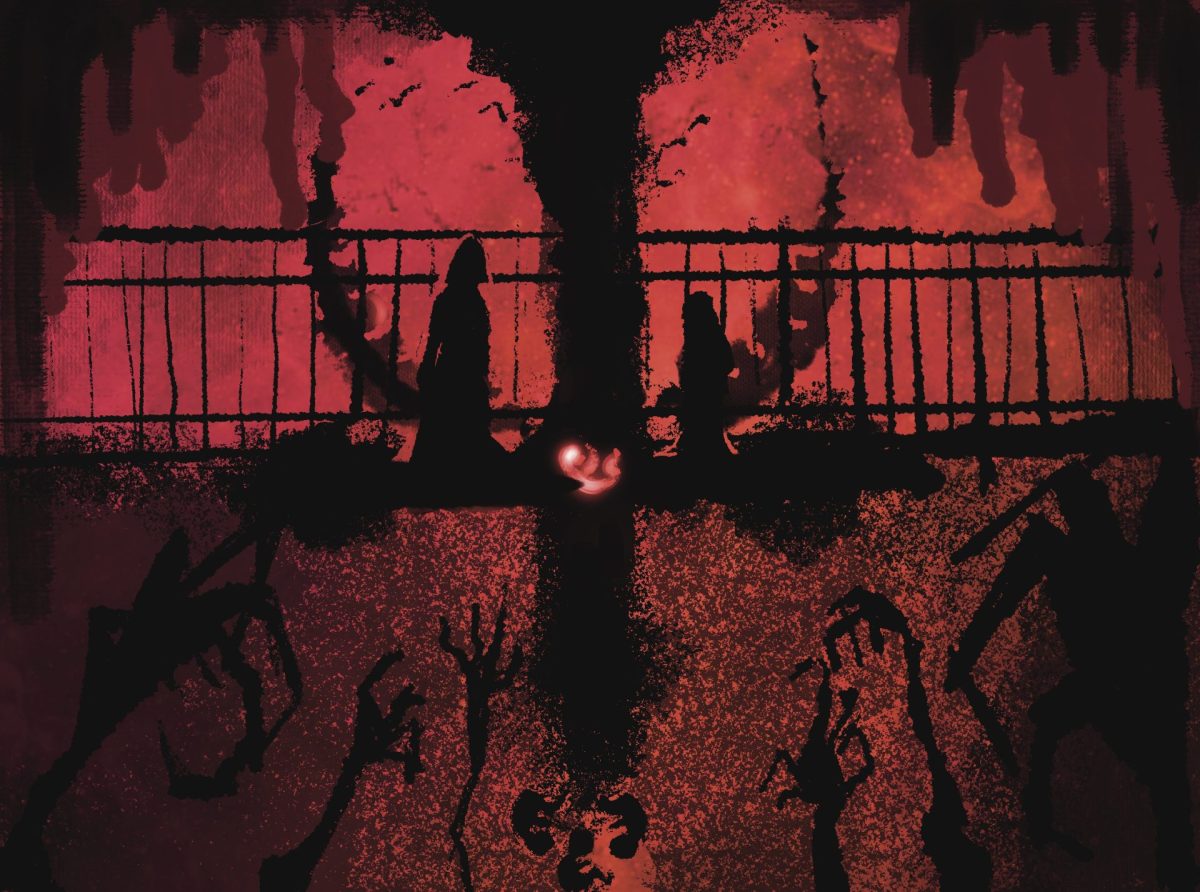In his obituary, Lou Reed’s wife, Laurie Anderson, wrote that they took a retreat to their home in East Hampton, New York, so he could live his final days out of the hospital and surrounded by peace and quiet.
“Lou was a tai chi master and spent his last days here being happy and dazzled by the beauty and power and softness of nature,” she wrote. “He died on Sunday morning looking at the trees and doing the famous 21 form of tai chi with just his musician hands moving through the air.”
A beautiful, strangely fitting way for rock music’s first true iconoclast to go. Despite maintaining a degree of obscurity throughout his nearly 50 year career, Reed made an impact from the outset that most artists spend decades cultivating. His story doesn’t make much sense on paper, but Reed’s music let us know that this is the way it should be.
From his beginnings as a staff songwriter for a small record label, Reed made a name for himself by refusing to sacrifice his artistic vision for commercial success. He even scored a minor hit in 1964 with a song called “The Ostrich,” which was essentially a satire of fad dance songs (with lyrics that implored listeners to “put your head on the floor and have somebody step on it”). It was at the record company that he met John Cale, a Welsh musician who shared similar values. They began living together in an apartment in Manhattan’s Lower East Side and formed a volatile, short-lived and commercially-doomed band called The Velvet Underground. Their first album, “The Velvet Underground and Nico,” sold poorly and was derided by critics at the time of its release in 1967. Today, the album ranks number 13 on “Rolling Stone’s” list of the 500 greatest albums ever and can be found among the stacks in the Library of Congress.
What set the album apart was Reed’s voyeuristic storytelling and the overall unconventional sound of it all. The subject matter varied from narratives about heroin users and transvestites, BDSM and prostitution. He insisted this was not for shock value, though, but rather a merging of styles from beat poets like Allen Ginsberg and William S. Burroughs with the transgressive style of rock ‘n’ roll. The music fit the manuscript, as Reed utilized alternate guitar tunings and Cale implemented unique instrumentation like the electric viola, creating music unlike any heard before. The result was widely regarded as among the most influential albums ever; British electronic musician Moby once stated that even though the album sold poorly, nearly everyone who did buy it was inspired to form a band. Its sound and style effectively precipitated the punk movement of the ’70s, and shed light on what we might now call the underground or independent music scene.
Although The Velvet Underground split in 1970, Reed continued his career on his own with albums that ran the gamut from critical darlings to undisputed train wrecks. His first two albums, “Lou Reed” and “Transformer,” were acclaimed and accepted by a much wider audience than any previous work. After two more albums, he decided in 1975 to throw critics and fans for a loop by releasing “Metal Machine Music,” an album consisting entirely of recorded guitar feedback. Many considered the album a joke, or a clever way for Reed to get out of his record contract. Still, it opened the door to Reed’s future work as an experimental rock musician. Over the next 30 years, he would release 20 more solo albums and collaborate with countless musicians, some of them likeminded musical avant-gardists and others household names like Metallica, The Killers and Gorillaz. His independent spirit flowed through each of these releases, and he never gave up his emphasis on artistic achievement for greater fame or fortune.





![DePaul sophomore Greta Atilano helps a young Pretty Cool Ice Cream customer pick out an ice cream flavor on Friday, April 19, 2024. Its the perfect job for a college student,” Atilano said. “I started working here my freshman year. I always try to work for small businesses [and] putting back into the community. Of course, interacting with kids is a lot of fun too.](https://depauliaonline.com/wp-content/uploads/2024/04/ONLINE_1-IceCream-1200x800.jpg)

